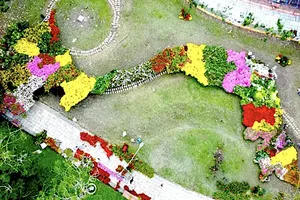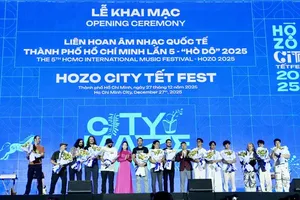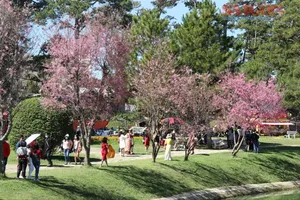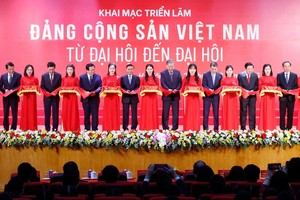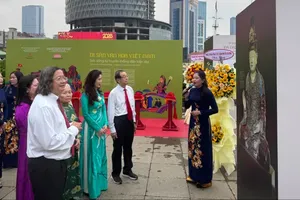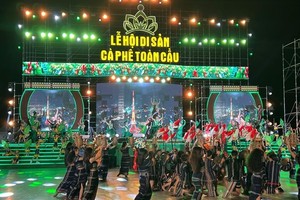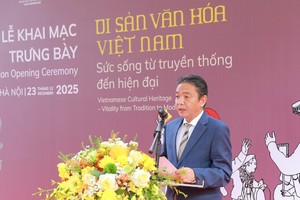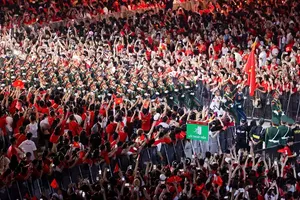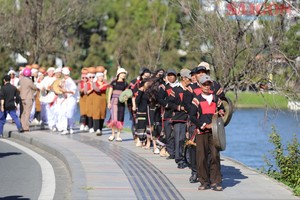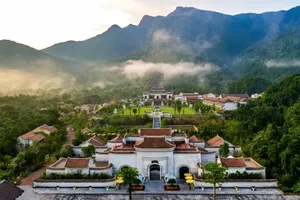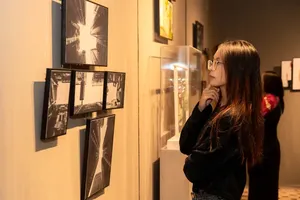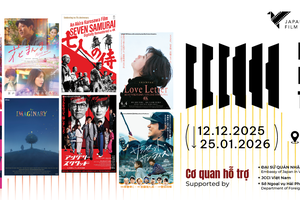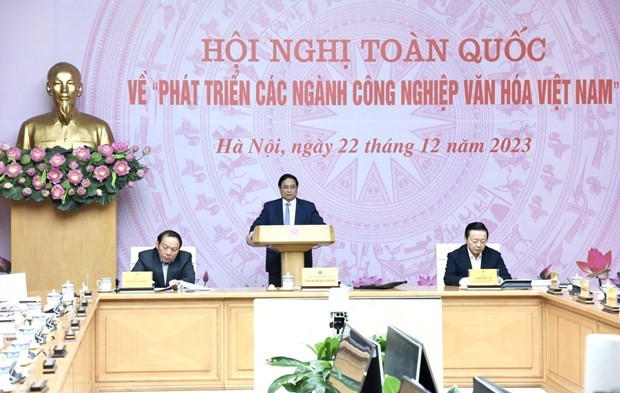
Addressing the event, PM Chinh said that the Vietnamese culture is a result of thousands of years of working, creating, and undaunted struggles for national construction and protection by ethnic groups in the country, and also a result of the exchange with many civilisations in the world to unceasingly perfect itself.
The cultural industries are the sectors producing products that are imbued with artistic and creative characteristics, and could be tangible or intangible, he said, adding that cultural values and the products and services that have social and cultural meanings are exploited to gain economic benefits.
The Government leader cited the strategy on developing Vietnam’s cultural industries until 2020 with a vision to 2030 as affirming that the industries form an important part of the national economy, and that the State provides favourable conditions for attracting maximum resources from businesses and the society to develop the cultural industries.
In particular, according to the PM, the 13th National Party Congress set the task of quickly boosting the focus-driven development of the cultural industries and services on the basis of the Vietnamese culture’s soft power. At the national conference on culture in 2021, Party General Secretary Nguyen Phu Trong outlined six major tasks, including promptly developing the cultural industries and building a healthy cultural market.
Thanks to the special attention from the Party and State along with the moves by all-level administrations, sectors, and localities, the cultural industries have gradually become important economic and service sectors. The investment of capital in these industries has promoted new strides in the cultural market, thus contributing to socio-economic development, PM Chinh remarked.
However, compared to some other sectors, the cultural industries in Vietnam have yet to fully capitalise on their potential and advantages, he pointed out.
To help the cultural industries soon secure fast and sustainable development and optimise potential and advantages, the PM held that it is necessary to make strong changes in terms of both awareness and action, reform the mindset, and apply breakthrough methodology so as to develop “creative, characteristic, unique, professional, and competitive” cultural industries of Vietnam.
According to the Ministry of Culture, Sports and Tourism, the cultural industries include cinematography, cultural tourism, performing arts, fine arts, photography, exhibition, advertising, architecture, designing, publication, fashion, radio and television broadcasting, software, entertainment games, and handicraft.
They have made considerable contributions to the economy, it said, elaborating that their production value was estimated at VND 1.059 quadrillion (US$44 billion) during 2018 - 2022.
However, the cultural industries are still facing certain difficulties such as the shortage of concrete and appropriate legal regulations, mechanisms and policies for their development; the lax coordination among ministries, sectors, localities, organisations, individuals, and businesses; the lack of investment focuses; and traditional cultural values remaining untapped for cultural products and services, the ministry noted.
